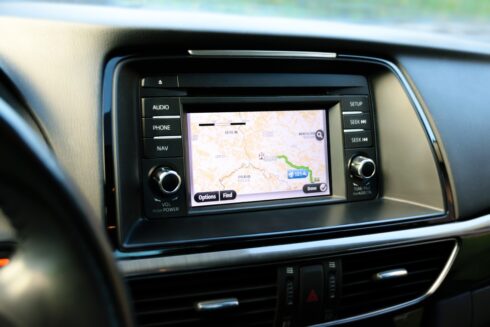
It’s easy to convert a physical address, like 12 Main Street, into its latitude and longitude coordinates, but for many businesses there are situations where you’d want to do the opposite: get the closest physical address of those coordinates.
“No one says let’s pull up the property value for latitude 42, longitude 80. They say let’s pull up information for 12 Main Street or 4 Oak Street,” Tim Sidor, data quality analyst at data quality company Melissa, explained in Episode 6 of the SD Times Live! Microwebinar series on data verification.
According to Sidor, the process of converting from latitude and longitude to a verified address is called reverse geocoding. This is done by performing a geospatial proximity search against the database of known locations. It returns the closest address, and then, given the requested search distance, it will incrementally increase the radius until a location is found or the maximum distance is reached.
“In a practical sense, the engine grabs clusters of known points and measures the distance for each point in the cluster as it increases that radius,” he said.
Sidor explained that this is useful for applications in which knowing the distance between addresses is important. For example, if you want to create a mailing list for targeted marketing that only reaches people in a certain radius from a store, it would be important to know the distance between their location and the store.
“It can also be very costly in direct mail, phone, or email campaigns to target addresses that are way outside a reasonable distance,” said Sidor. “That could lead to severing any chance of loyalty or customer experience. Or it may just not be that cost effective of a return on investment.”
Another practical application for reverse geocoding is in disaster relief efforts. For example, after a hurricane devastated an area, relief workers may be walking through a neighborhood and trying to determine what house used to be at the location they are standing.
Other uses could include an energy company wanting to know which houses are close to an oil well or for evacuation notifications during wildfires.
“In all these cases, it’s useful to be able to take a geolocation, convert it to the nearest verified address, or obtain a list of verified addresses within a certain distance, and also to know the distance of these addresses returned from that original geolocation,” said Sidor. “And this can be used in tandem with other services to query property values or household demographics, for example.”
To watch the full video, check out episode 6 of Melissa’s verification microwebinar series, “Using GPS Location to Obtain or Target Physical Locations.”






